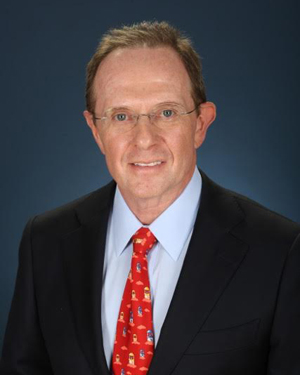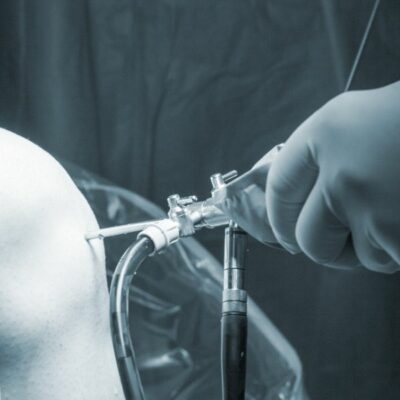OATS Surgeon

Do you have cartilage damage that is causing pain, stiffness and swelling in the knee joint? A new treatment is now available called Osteochondral Allograft Transplant or Autograft Transfer, also known as an OATS procedure. Dr. James Mazzara, OATS surgeon has been successfully performing osteochondral autograft transfer for patients in Manchester, South Windsor, Enfield, Glastonbury and surrounding Hartford communities. Contact Dr. Mazzara’s team today!
Osteochondral Autograft Transfer and Allograft Transplant (OATS) for the Knee
What is an Osteochondral Autograft Transfer?
The knee joint is lined with a smooth, tough substance called cartilage. Found at the end of the bones, cartilage helps joints glide smoothly and without pain, giving the knee flexibility. Aging, or engaging in sports activities can cause the cartilage to break down and become damaged. The result can cause pain, stiffness and swelling of the knee joint. An osteochondral autograft transfer, commonly known as the OATS procedure is a proven treatment that brings long-term pain relief to patients with damaged cartilage. Dr. James Mazzara, orthopedic knee surgeon has been successfully performing osteochondral autograft transfer for patients in Manchester, South Windsor, Enfield, Glastonbury and surrounding Hartford communities.
What is the Difference Between an Autograft Transfer and an Allograft Transplant?
To better understand the OATS procedure, it helps to break down the terms Osteochondral Autograft Transfer and Osteochondral Allograft Transplant:
- Osteochondral means bone + cartilage; or composed of bone and cartilage.
- Autograft means a tissue, in this case a piece of bone and cartilage, from one’s own body.
- Allograft is tissue used from a donor, often a cadaver.
- Transfer means to move from one place in the body, to another.
- Transplant means it has come from another source other than one’s own body and is being moved into the joint.
Both terms refer to the same procedure but with different donors; both are used to repair damaged cartilage and bone in the knee using healthy cartilage and bone from a source other than the joint itself. The OATS procedure is also called a mosaicplasty where one or more pieces of the patient’s own bone and cartilage are moved from one part of their knee to another in order to fill a defect of damaged cartilage which may be causing pain.
How is OATS Done?
Dr. Mazzara performs the OATS procedure in four steps:
- He begins with an arthroscopic inspection of the knee joint to find the area of cartilage damage that is suitable for a cartilage transfer. The arthroscope (small surgical camera) is then removed from the knee and an open incision is made.
- Step two – The area of damaged cartilage is prepared by using a coring tool to make perfectly round holes in the bone where there is damage. The small hole or holes are sized to fit the plug.
- Step three – Dr. Mazzara will harvest the plug of normal bone and cartilage from either the patient, or from the donor source.
- Step four – The plug is placed in the area of damage. The plug fits tightly and over time, the implanted bone and cartilage will incorporate into its new environment, healing the damaged area.
Why Would I Need a Cartilage Transfer?
Chondral lesions may be degenerative condition, often caused by osteoarthritis – a “wear and tear” problem. Tears can also be caused by an injury, such as falling on the knee or during sports by rapidly changing direction. Symptoms do not always occur at first, because there are no nerves in the cartilage. Over time, damage to the cartilage can cause joint pain, inflammation and limited mobility. The OATS procedure is ideal for patients with small areas of cartilage damage that can be easily repaired with a graft.
What is the Recovery Time After an OATS Procedure?
Osteochondral autograft transfer is highly successful when patients are appropriately selected for the procedure. After the OATS surgery, patients will need to be non-weight bearing on the joint for approximately 6 weeks and will need to use a continuous passive motion (CPM) device for 6-8 hours a day to maintain range of motion in the knee. After 6 weeks, patients may begin to put weight on the joint as tolerated. Patients are required to undergo an extensive physical therapy program designed to strengthen the surrounding joint muscles and keep the knee mobile. Overall pain free function should be achieved in 5 or 6 months.
If you are interested in learning more about osteochondral autograft transfer or osteochondral allograft transplant procedure known as OATS, please contact the orthopedic offices of Dr. James Mazzara, knee surgeon in Manchester, South Windsor, Enfield, Glastonbury and surrounding Hartford communities.
